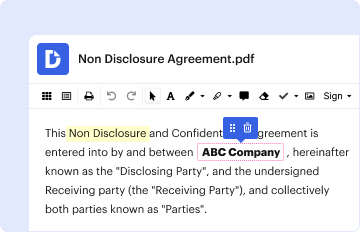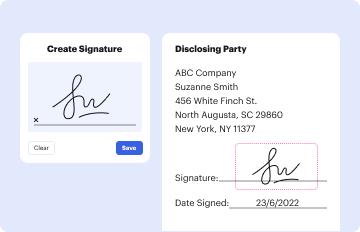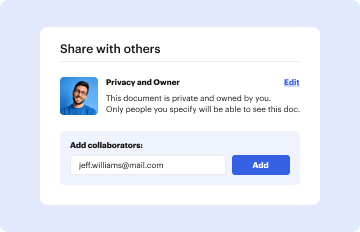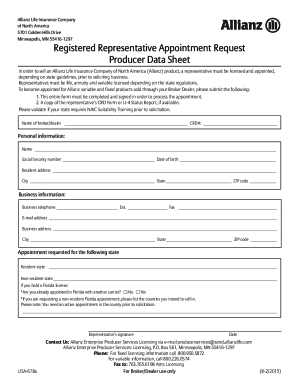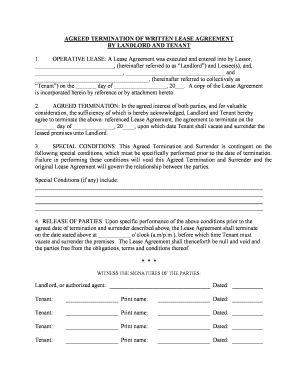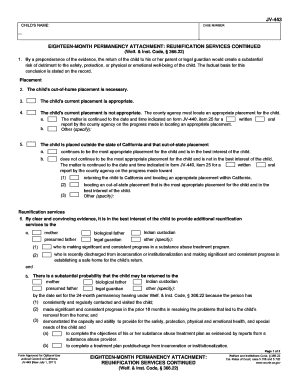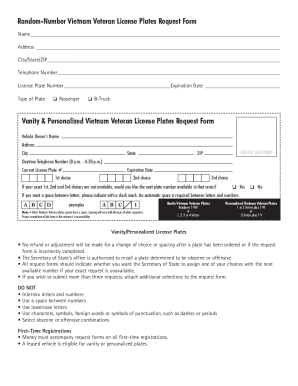Definition & Meaning of Long Term Care Professional Medical Information
Long term care professional medical information refers to critical data documenting an individual’s health status and care requirements that support their eligibility for long-term care services. This information is typically collected by licensed medical professionals and used to determine the necessity of care that might include assistance with daily activities, medical supervision, or residency in a nursing home.
Key Components
- Client Demographics: Includes the individual’s name, date of birth, address, and contact information, facilitating the identification of the person in need of care.
- Medical History: Documentation of past medical conditions, treatments, surgeries, and current medications, providing a comprehensive view of the client's health.
- Diagnoses: Specific medical conditions diagnosed by healthcare professionals that necessitate long-term care, such as chronic illnesses, disabilities, or cognitive impairments.
Importance in Care Assessment
The long term care professional medical information serves as the foundation for various assessments, including determining eligibility for programs such as Medicaid or Medicare. It is crucial for:
- Establishing the need for skilled nursing care.
- Guiding care plans and interventions.
- Ensuring compliance with legal requirements for long-term care placements.
How to Use Long Term Care Professional Medical Information
Utilizing long term care professional medical information involves several steps that ensure accurate and effective management of a patient’s needs.
Step-by-Step Guidance
- Gather Information: Collect comprehensive medical records and demographic details from the patient and their healthcare providers. This can involve direct communication with hospitals, clinics, and specialists.
- Complete the Long Term Care Form: Use the gathered data to fill out the long term care professional medical information form accurately, providing all required details to substantiate the need for services.
- Submit for Review: Submit the completed form to the relevant long-term care providers or agencies for assessment. Ensure that all documentation is included to avoid delays.
- Follow Up: After submission, follow up with the agency or institution to verify receipt and to understand the next steps in the approval process.
Importance of Accuracy
Accurate completion is crucial as errors or omissions can delay or impact access to necessary care services. Regular updates to the information may also be required as the patient's condition changes.
Steps to Complete the Long Term Care Professional Medical Information
Comprehensively completing the long term care professional medical information form ensures that all essential data is provided to support care needs.
Detailed Completion Process
- Review Instructions: Begin by thoroughly reviewing the guidelines provided with the form to understand all requirements.
- Check Required Documents: Ensure all necessary documentation is ready. This might include previous medical reports, current prescriptions, and physician statements that validate care needs.
- Fill Out the Form:
- Ensure that all personal details are accurate and match the client’s identification documents.
- Provide a complete medical history, detailing all relevant conditions and treatments received.
- Include specific information regarding the client's functional capabilities and limitations, as this information is crucial for care planning.
- Certification by Healthcare Provider: Secure the required signature and certification from a qualified medical professional, confirming the accuracy of the provided information.
Submission and Follow-Up
After completion, submit the form as directed (online, through mail, or in person), and follow up with the review body to confirm receipt and address any further requirements.
Important Terms Related to Long Term Care Professional Medical Information
Understanding the terminology associated with long term care professional medical information is essential for efficiently navigating the system. Familiarity with specific terms can enhance communication among healthcare providers, patients, and caregivers.
Key Terms
- Functional Needs Assessment: An evaluation used to determine the level of assistance an individual may require in daily activities due to health conditions.
- Skilled Nursing Care: A level of care that provides medical services through licensed personnel, often required by patients with serious health issues.
- Medicaid/Medicare: Federal and state programs that provide healthcare coverage, including long-term care services, for eligible individuals based on specific criteria.
Relevance of Terms
Each term reflects an aspect of the care landscape for individuals navigating long-term care options. Understanding these terms ensures that individuals can advocate effectively for their care needs and comprehend the processes involved in accessing services.
Legal Use of Long Term Care Professional Medical Information
Legal considerations surrounding long term care professional medical information emphasize the importance of confidentiality, consent, and compliance with healthcare regulations.
Regulatory Framework
- HIPAA Compliance: The Health Insurance Portability and Accountability Act mandates that patient information be kept confidential and shared only with authorized individuals.
- Informed Consent: Patients must be adequately informed about how their medical information will be used, and consent must be obtained before sharing sensitive data with third parties.
- Record Retention Laws: Medical records, including long term care professional medical information, are subject to specific retention policies that vary by state, requiring organizations to maintain accurate records for defined periods.
Importance of Compliance
Adhering to these legal guidelines protects both the patient and the healthcare providers. Non-compliance can result in legal repercussions, including fines and loss of licensure. Proper management of medical information ensures that patients receive appropriate care while safeguarding their rights.
State-Specific Rules for Long Term Care Professional Medical Information
Determining eligibility for long-term care services often involves specific regulatory frameworks that vary from state to state. Understanding these rules is essential for meeting local requirements.
Overview of Variations
- State Medicaid Programs: Each state administers its own Medicaid program, which may have unique eligibility criteria and documentation requirements for long-term care services.
- Licensing Regulations: Medical professionals who certify long term care needs may be subject to different licensing requirements based on state laws, affecting their ability to legally endorse care documentation.
- Assessment Processes: States may implement distinct assessments to evaluate eligibility for long term care, influencing how medical information is utilized in the review process.
Implications for Patients and Providers
Staying informed about state-specific rules helps patients and families effectively navigate their options for care and ensures that providers can deliver services that comply with regulatory standards. Understanding these nuances can significantly impact the overall assessment and approval processes for long-term care.

